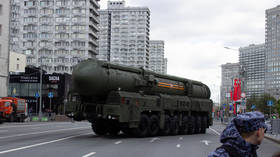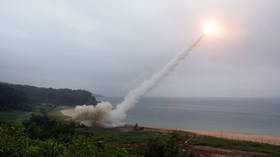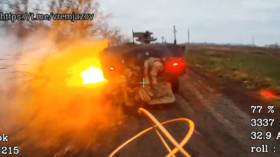Nuclear fusion group calls for US to construct pilot plant by 2040s or risk falling behind other nations

A group of leading nuclear fusion scientists and researchers has submitted a report to the Department of Energy calling for a nuclear fusion pilot plant to be constructed and operational in the US by the 2040s.
The 80-page report, written by the Fusion Energy Sciences Advisory Committee over the course of two years, urges the US government to act decisively lest the country lag behind in fusion energy research and development in the coming decades.
“That (target date) is a line-in-the-sand type of thing,” Wayne Solomon, who served as a committee co-chair, said.
Commercial fusion reactors do not currently exist and fusion power has only been achieved for seconds at a time in the laboratory, with the old adage repeated among the nuclear research community that fusion power is “always 30 years away,” still ringing true.
The most promising nuclear fusion research remains the International Thermonuclear Experimental Reactor (ITER) project, a multi-billion dollar international project under construction in France, of which the US is a partner. ITER is expected to enter operation in December 2025.
Also on rt.com China turns on nuclear-powered ‘artificial sun’, TEN TIMES hotter than the real thingIn December 2020, China successfully powered up its own experimental HL-2M Tokamak research reactor, which has been dubbed an “artificial sun,” which can fuse hot plasma and reach temperatures of over 150 million degrees Celsius.
The research reactor is part of China's participation in the ITER project.
However, ITER will not capture the energy it produces as electricity and will serve more as a proof of concept than a viable replacement for current energy generation capacity.
Fusion power, which emulates the processes taking place in stars like our sun, causes hydrogen nuclei to collide and fuse into helium atoms, releasing incredible amounts of energy. It differs vastly from fission energy (commonplace around the world) in a number of key ways.
Also on rt.com Like the Sun, but 10 times hotter: Pivotal step in creation of plasma-powered reactorNuclear fission involves splitting the nuclei of atoms to produce energy and is the only commercially available source of nuclear power in the world but suffers from numerous drawbacks, including a lengthy approval and construction process as well as the production of radioactive waste which is extremely difficult and dangerous to dispose of. There is also the significant risk of nuclear meltdown.
However, in nuclear fusion, the half-life of the nuclear material is lower than ten years, making it far less of a headache to manage, once scientists can achieve controlled and stable fusion reactions that is.
Fusion energy would also assuage any fears of repeats of nuclear disasters like Fukushima or Chernobyl as the fusion process can be stopped within seconds, largely eliminating the risk of meltdown.
While the report warned the US risks falling behind other countries in fusion research, it did not provide an estimated cost for the fusion pilot plant nor did it suggest possible sites for such a facility.
“...Given that the new [Biden] administration has indicated an interest in addressing climate change and the like, I would hope and expect that this should receive continued support,” Solomon said.
Think your friends would be interested? Share this story!













